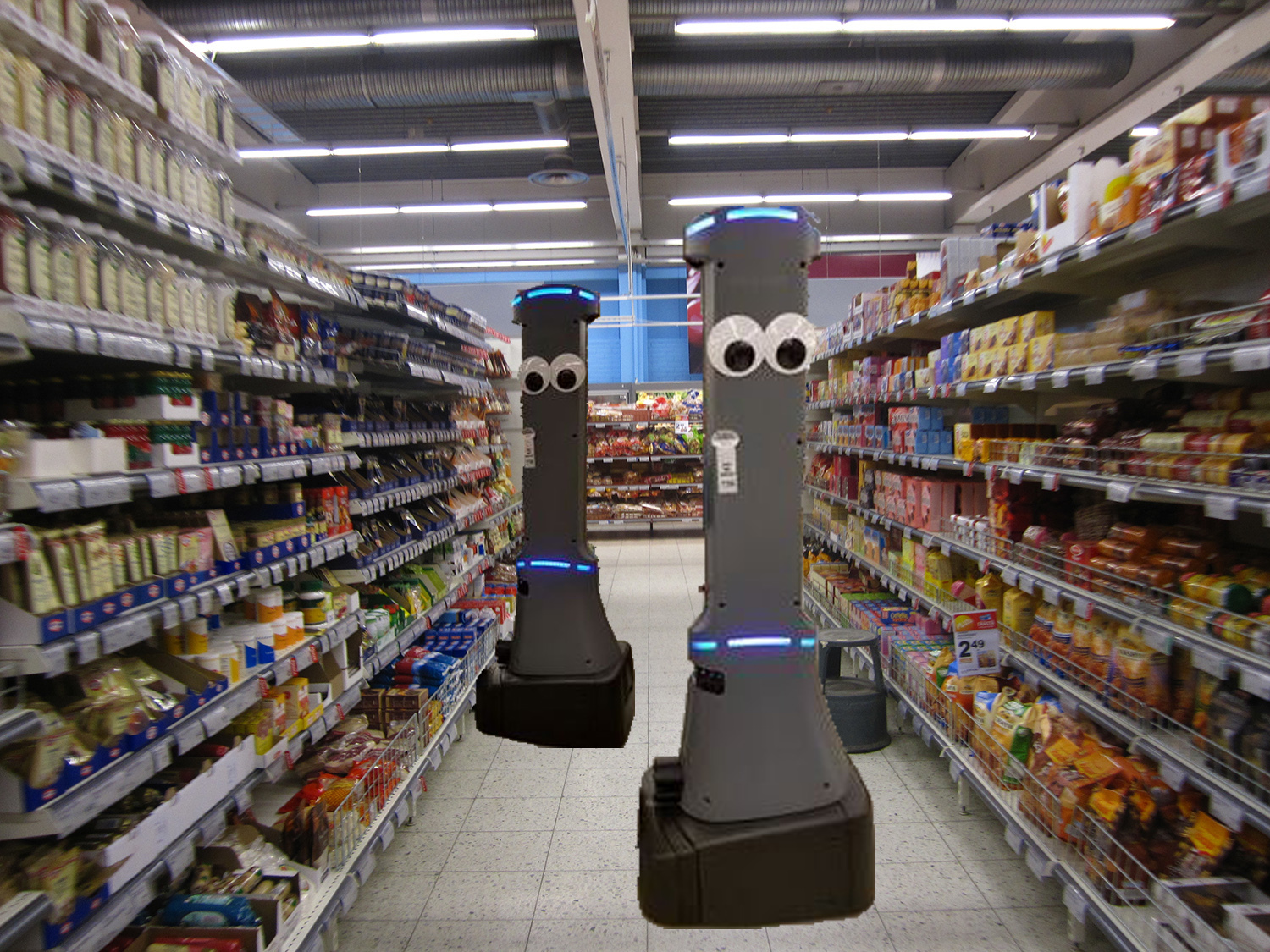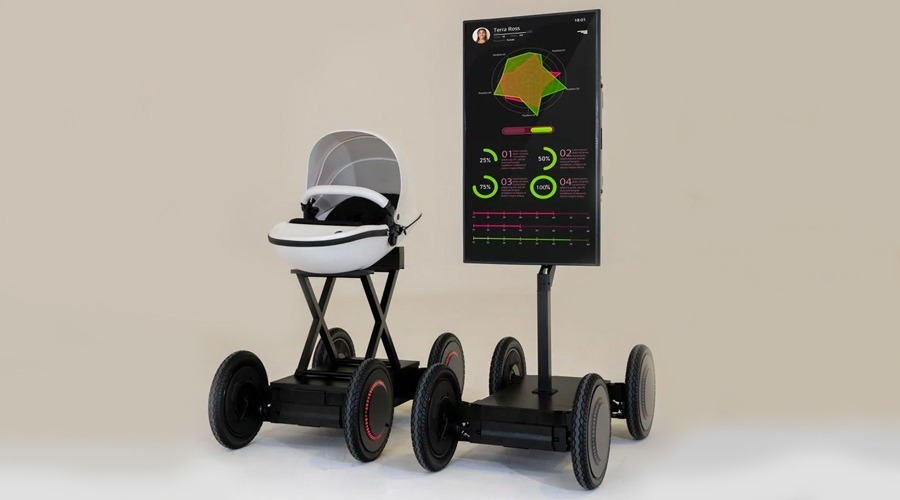Scientists have created a remarkable new flying robot that mimics how bees fly in nature. Called the BionicBee, this tiny machine weighs just 34 grams (about as much as seven nickels) and can fly in groups without bumping into each other.
Smaller Than Your Hand
The BionicBee is incredibly small - just 22 centimeters long (about 8.5 inches) with a wingspan of 24 centimeters. This makes it the smallest flying robot ever created by the Bionic Learning Network, a research group that designs machines inspired by nature.
"What makes this robot special is how light and efficient it is," explains a researcher involved with the project. "We used special computer software to design its structure using the minimum amount of materials while keeping it strong enough to fly properly."
Packed With Technology
Despite its tiny size, the BionicBee contains impressive technology:
- A brushless motor that powers the wings
- Three servo motors that adjust the wings during flight
- A battery
- A gearbox
- Several circuit boards
All these components work together to control exactly how the wings move. The robot's wings flap back and forth at a 180-degree angle between 15-20 times per second - similar to how real bees fly.
Flying Like a Real Insect
The BionicBee doesn't just go up and down - it can perform complex movements in any direction:
- To fly forward, it adjusts its wings to create more lift when they're in the back position, tilting the body forward
- To turn left or right, it makes one wing generate more lift than the other
- To rotate in place, it adjusts the wings so one creates more lift in front while the other creates more lift in back
"This gives the robot four degrees of freedom in flight, allowing it to move naturally through space like a living insect," notes the research team.
Flying in Groups Without Crashing
Perhaps most impressive is how the BionicBees can fly together in a swarm without hitting each other. They use a special indoor tracking system with eight "anchors" placed around the room that send ultra-wideband (UWB) signals.
Each bee receives these signals and calculates its exact position in the room. A central computer plots safe routes for all the bees, and they follow these paths while maintaining a safe distance from each other.
"Even the air turbulence created by the other robots' wings is factored into their flight paths," explains a project engineer.
Self-Calibrating Robots
Since each BionicBee is handmade, there are slight differences between them that could affect how they fly. To solve this problem, the researchers gave the robots an automatic calibration function.
After a short test flight, each bee determines its own optimal settings. This means all the bees can be controlled as if they were identical, even though they have small manufacturing differences.
Nature-Inspired Technology
The BionicBee is the latest in a 15-year series of nature-inspired flying robots from the Bionic Learning Network. These projects help researchers understand how to create more efficient, lightweight flying machines that could eventually lead to practical applications in various industries.
As technology continues to advance, these tiny robotic insects demonstrate how studying nature can lead to remarkable innovations in robotics and engineering.


















